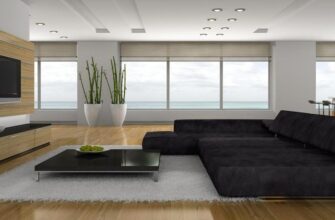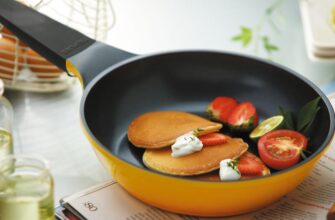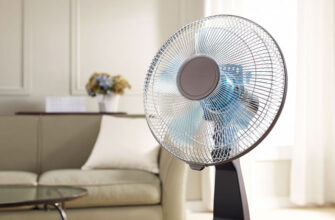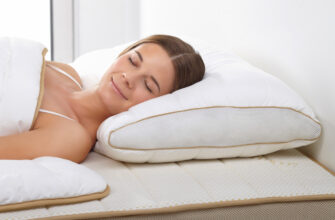When buying a towel, you should pay attention to its composition, density and length of the pile, as well as the size and appearance of the product.
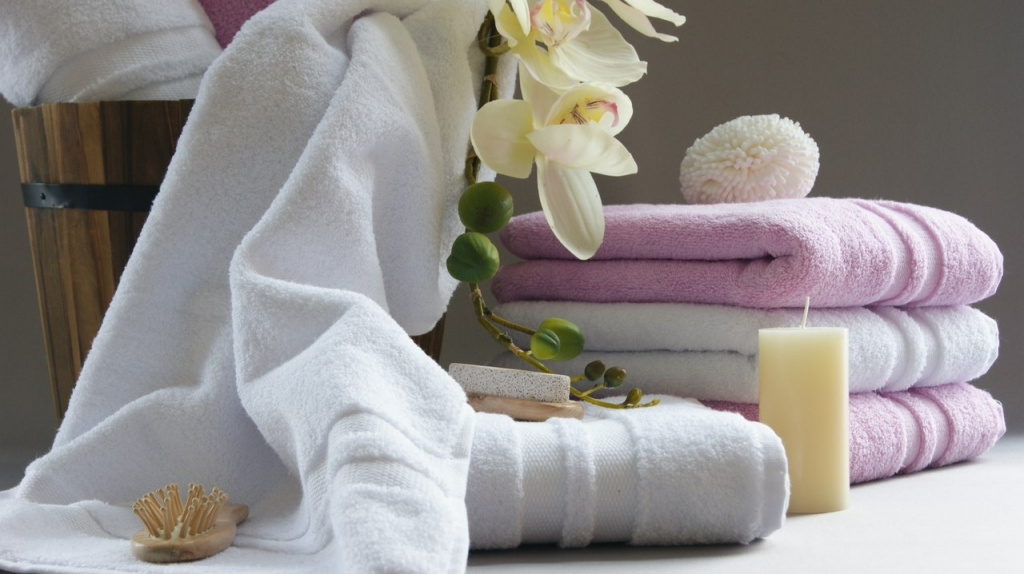
Which towel to choose. Materials
Towels are made from a variety of materials, most commonly cotton, bamboo and linen. Each of them has its own advantages and disadvantages that you need to consider when purchasing.
Towels can be terry (with a large number of moisture-absorbing loops on the surface), waffle and velor (with cropped loops):
-
Terry products are ideal for the face, hands and body – they are very soft and pleasant to the touch, absorb a lot of moisture.
-
Waffle towels are a great option for the kitchen. They wipe dishes well, dry quickly and do not lose their basic properties even after intensive washing and digestion. Moreover, they do not leave marks on the cleaned surfaces.
-
Velor towels are soft and pleasant to the touch. They, like terry, are used for hand and face care. But such products have the worst moisture-absorbing ability. Velor towels dry faster than terry towels.
Cotton towels

Cotton products are highly hygienic, soft and hypoallergenic. It is them that are recommended to be used for caring for children, especially for newborns. It is important that the towel is made of pure cotton.
The quality of the product and its appearance largely depends on what type of cotton is used. For example, terry cloths made of Egyptian cotton are of the highest quality and elite.
Cotton fibers of Egyptian origin are twice as long as standard cotton. This gives the towel a higher density and more moisture-absorbing 'loops'. The ultra-soft and super-fluffy bath towels used in luxury hotels and spas are usually made from Egyptian cotton. They are particularly robust and durable. However, such products have drawbacks – they are heavier than standard towels and take longer to dry.
On par with Egyptian cotton is the long-staple Pima cotton grown in America. It is as strong and durable as the Egyptian, but less soft and fluffy. The famous American company Supima produces towels from this material.
One of the most popular types of cotton is Turkish. It is certainly not as fluffy as Egyptian or Pima cotton, but it absorbs moisture well and dries quickly. Turkish cotton towels are lightweight and durable, and they also get softer and fluffier with every wash.
But the labeling that the towel is made of 100% high quality cotton is not always true. Some manufacturers report that their products are made from Egyptian cotton, but in fact the towels are made from a mixture of cotton and synthetic fibers. This limits the moisture absorption capacity of the products and makes them less pleasant to the touch. Therefore, you should choose towels from trusted manufacturers and do not pay attention to products from 'high quality elite cotton' at a low price.
Advantages
-
Suitable for newborns, pregnant women and allergy sufferers;
-
Ideal for drying hands, face and body.
-
They have good absorption properties;
-
They have high strength and wear resistance;
disadvantages
-
Dry for a long time;
-
They may shrink after washing.
Linen towels
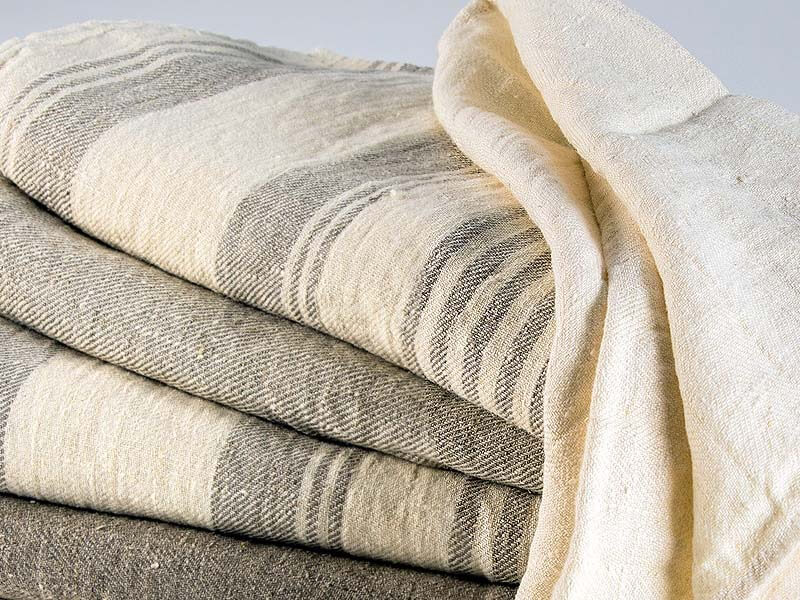
Linen is most commonly used in the production of kitchen and bath towels. It can also be combined with cotton fibers to create face and body towels.
Advantages
-
Do not cause allergic reactions;
-
Do not fade;
-
They have a good massage effect;
-
Withstand a large number of washes;
-
Durability (longer life than cotton);
-
Not electrified;
-
They have antiseptic properties (destroy pathogenic bacteria);
-
Can be used for children;
disadvantages
-
Strongly crumpled;
-
Are expensive.
Bamboo towels
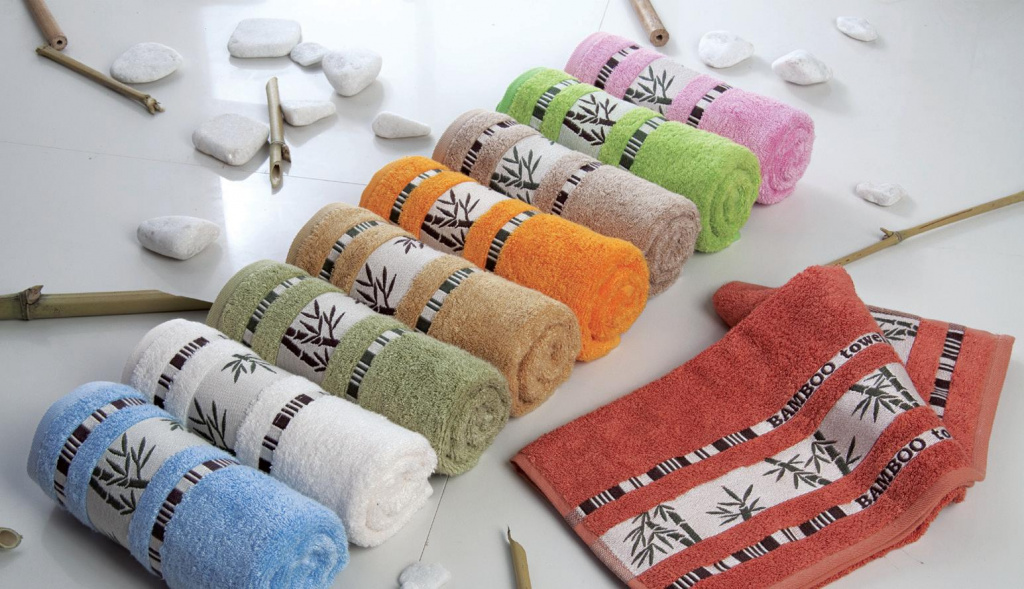
Bamboo towels have gained wide popularity among residents of the Russian Federation and the CIS countries. They are soft and pleasant to the touch, perfectly absorb moisture and retain their unique properties even after many washes.
Many towels, as well as linens, blankets and pillows marketed as 'bamboo', have little to do with this unique plant. In fact, the false bamboo material comes to us from Asia and China.
Enterprising Asians have learned the basics of producing viscose fiber from bamboo wood, during which cellulose is extracted from the plant and processed with the help of various chemicals. The result is a hydrated cellulose artificial material – viscose. This 'bamboo' does not have the unique properties that are reported by almost all thematic Internet publications. Viscose from bamboo wood has only the properties of viscose. Viscose towels may be labeled 'bamboo viscose'.
True eco-friendly and healthy bamboo fiber ('viscose linen') is produced mechanically, similar to hemp and flax fibers. However, its production 'costs a pretty penny', so products made from real bamboo fiber are expensive and rarely found on sale.
Advantages
-
Do not cause allergies;
-
Do not cause allergic reactions;
-
Dry quickly;
-
Stops the growth of pathogenic microorganisms;
-
They have antibacterial and deodorant properties;
-
Absorb moisture well (better than cotton);
-
They retain their original 'marketable' appearance for a long time;
disadvantages
-
High price;
-
Most '100% bamboo' products are not bamboo at all.
What should be the size of the towel
Towels can be bath, massage, for hands, face and feet, etc. Each of them has its own dimensions:
-
Dimensions of towels for a shower or bath vary from 0.7 x 1.4 m to 1 x 1.5 m;
-
The dimensions of products intended for a bath or sauna can be 1 x 1.8 and 0.8 x 2 m;
-
Hand towels can be 0.4 x 0.6, 0.5 x 0.7 and 0.5 x 0.9 m;
-
The length of face cloths is often 0.5 and 0.9 m, and the width is 0.3 and 0.5 m, respectively;
-
Hand products can be 0.4 x 0.6 m, 0.5 x 0.7 m;
-
Beach canvases are usually 1.4-1.5 cm long and 0.7-1 m wide
-
Kitchen towel models are often 0.3 x 0.3 and 0.3 x 0.5 m.
What should be the pile
Terry towels have a special nap – 'close-knit' loops on the surface. The softness and fluffiness of the product depends on their length. The villi can be 3–8 mm long, with 5 mm being considered ideal. The moisture-absorbing properties of the product depend on the length of the loops. The longer they are, the better the towel will absorb moisture. But loops that are too large (more than 5 cm) can stretch out and lose their shape and roll off after washing. Pile lengths less than 3 mm 'last' longer, but less moisture absorption.
Density of the towel
The density of towels is measured in grams per square meter. This value varies from 300 to 900 g / m2 (GSM – grams per squere meter may be indicated on the labels of foreign manufacturers). 300-400 g / m2 canvases are thin and light – ideal for workouts in the gym or kitchen. Products 400-600 g / m2 are most often used after taking a shower or bath. Many beach towels have this weave density.
Cloths with a density of 600-800 g / m2 have the highest strength and the best absorbent properties. However, they have the greatest weight and take a long time to dry. Towels of this weight are often made from high quality Pima cotton and Egyptian cotton.
How to check the quality of a towel
-
Inspect the product from both sides. It should be dyed evenly, without streaks and extraneous chemical odors;
-
Pay attention to the nap of the terry cloth. Run your hand over it – if there are threads or villi on the skin, it is better not to buy the product;
-
Wipe the damp glass surface with a towel. Are there any stains on her? If so, this may indicate the use of synthetic fibers in production;
-
Make sure all edges of the garment are finished with closed seams and that the terry 'loops' do not pull out with minimal stress. Remember that the durability of the product depends on their fastening strength.
How to wash a towel properly
-
Manufacturers often treat new garments with special fabric softeners to make them fluffier and softer. However, these towels are less water absorbent. For this reason, new towels should be washed before first use.
-
Remember that using bleaching products will make the towels weaker and shorten their lifespan. Therefore, use them only as a last resort.
-
Read the care label before use. It should indicate at what temperature to wash the product and what mode, whether it can be ironed and dry-cleaned. As a rule, towels can be washed at a temperature of 40-60 degrees at medium speed of the machine.
-
Remember, a towel will last longer if you take proper care of it.
In the following articles, our experts will tell you how to choose a comfortable mop and the secrets to choosing an ironing board.
Attention! This material is the subjective opinion of the authors of the project and is not a purchase guide.


